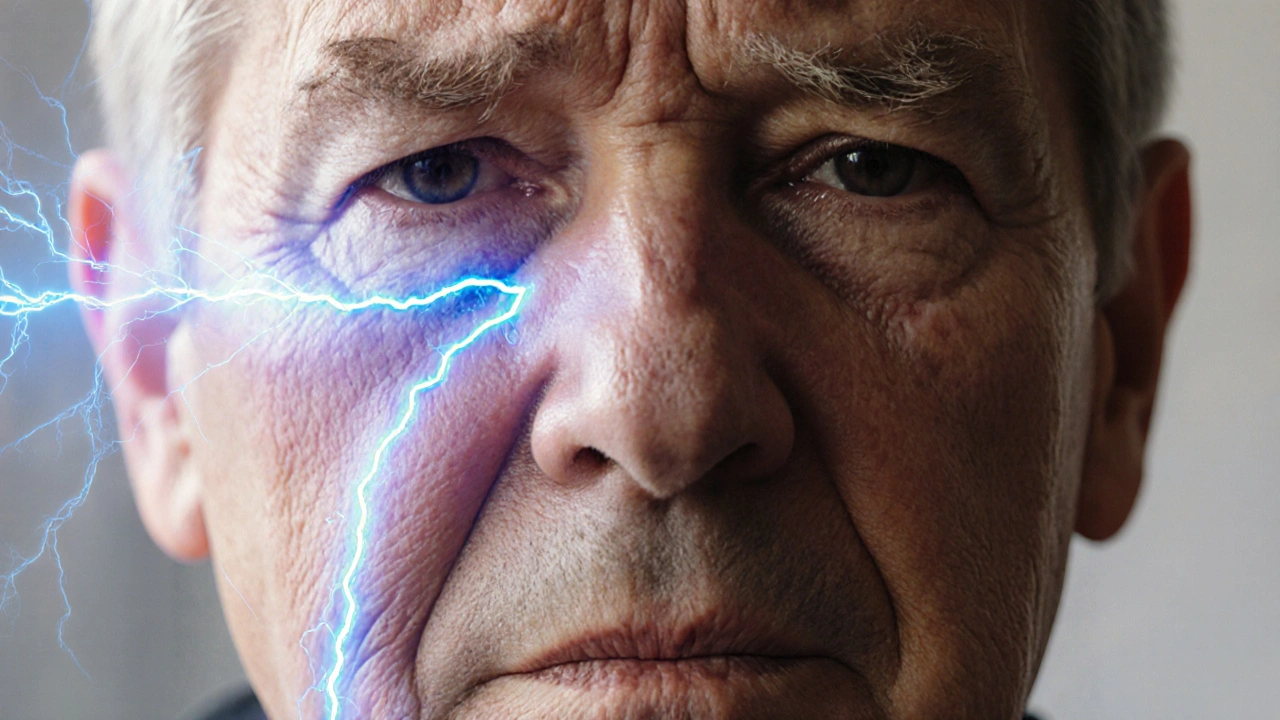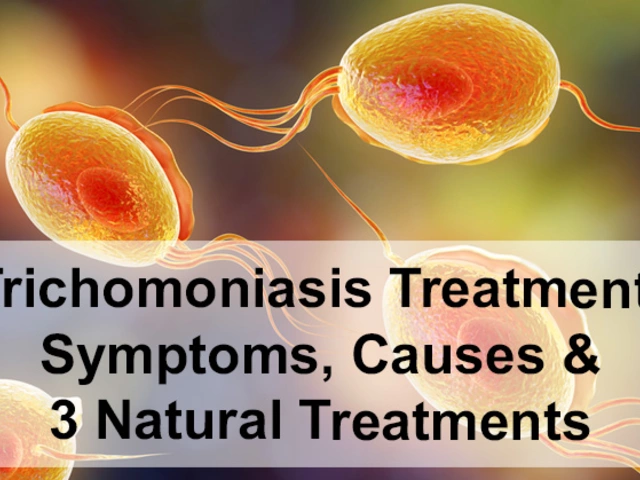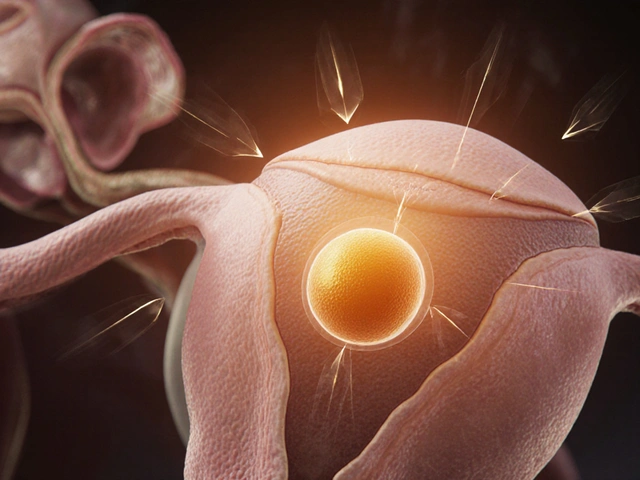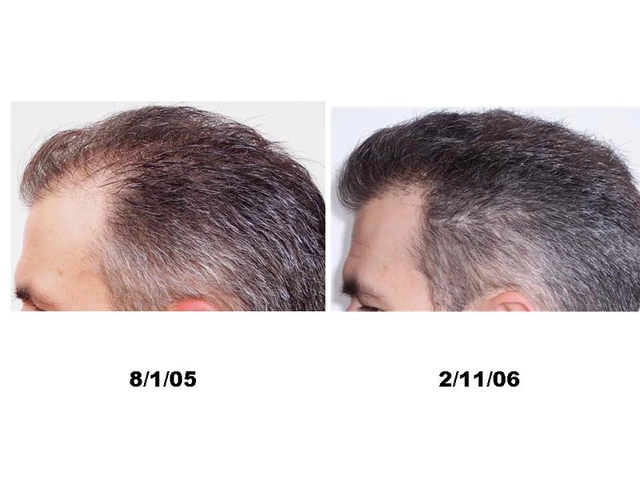Trigeminal Neuralgia: Causes, Triggers, and Medications That Help
When you feel a sharp, electric shock in your cheek, jaw, or forehead—out of nowhere—it’s not just a bad headache. It could be trigeminal neuralgia, a chronic pain condition affecting the trigeminal nerve, which carries sensation from your face to your brain. Also known as tic douloureux, it’s one of the most intense types of neuropathic pain people can experience.
This isn’t just discomfort. A single sneeze, brushing your teeth, or even a light breeze can set it off. The pain hits fast, lasts seconds to minutes, and comes back again and again. It often starts after 50, but can strike younger people too. Doctors usually suspect it when the pain is one-sided, stabbing, and triggered by everyday actions. The root cause? Often a blood vessel pressing on the nerve near the brainstem. Sometimes it’s linked to multiple sclerosis or other nerve-damaging conditions.
Managing trigeminal neuralgia isn’t about curing it—it’s about controlling the attacks. The first-line treatment is usually carbamazepine, an anticonvulsant originally used for seizures but now a go-to for nerve pain. Many patients get relief, but side effects like dizziness, drowsiness, or liver issues can make it hard to keep taking. Other meds like oxcarbazepine, gabapentin, or baclofen are common alternatives. Some people try injections or surgery if pills stop working, but those come with their own risks.
What you won’t find in most doctor’s offices is how much this condition eats into daily life. People stop smiling, avoid cold air, skip showers, or eat only soft foods just to avoid pain. It’s not just physical—it’s emotional. The fear of the next attack can be paralyzing. That’s why knowing your triggers and having a clear treatment plan matters more than you’d think.
Below, you’ll find real-world guides on how different medications interact with other drugs, what side effects to watch for, and how to manage pain without losing your quality of life. Whether you’re newly diagnosed or have been living with this for years, the articles here give you practical, no-fluff advice—no jargon, no hype, just what works.

A clear, evidence‑based guide on how anticonvulsant drugs like carbamazepine and oxcarbazepine treat trigeminal neuralgia, including effectiveness rates, side‑effects, dosing tips and FAQs.
Continue Reading




